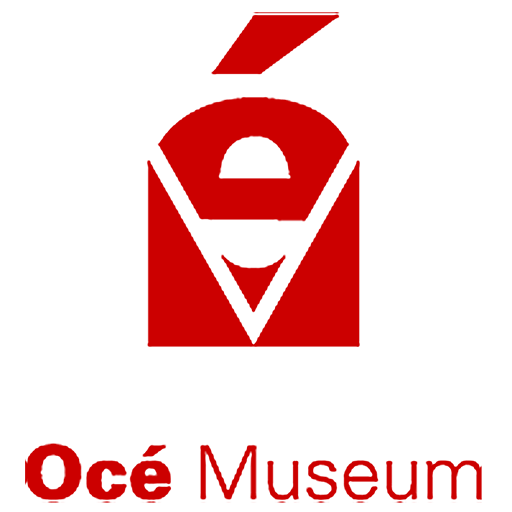Workflow applications and print job management in office applications
The central typing rooms were replaced by department secretariats.
Secretaries and typists increasingly worked with word processors. The display has become a familiar tool. Initially, a word processor was connected directly to a local desktop printer. Office employees also increasingly started producing documents themselves on their PC and wanted to print them as well.
Océ has never focused on small desk printers, but made larger printers for an entire department or even larger. With so many different users, printer congestion could quickly develop.
1996 Network Mailbox
The digital copier was equipped with a so-called ‘mailbox’. The printer mailbox stores documents received over the network, but does not print until the user presents himself at the machine. This prevents a chaotic stack of prints and confidential documents are not left unattended. If necessary, a user could still adjust his print job in the mailbox at the device. A function was also added that allowed a user to see if the printer is busy at his desk.
In later versions, the user could print the document to any printer on the intranet.
1999 DocWorks
Not all documents are printed by the user, but are sent to the central reproduction department as an order. The first software application to support this was Océ DocWorks. This application enabled the users to send jobs to the repro over the network, with instructions on how to print and finish the document. This application was especially important for places where many print jobs converge, such as repro departments and print shops.
2007 PRISMA
Docworks would evolve in the following years into a document layout application and an application to send print jobs to a chosen printer, which henceforth bear the collective name PRISMA. Numerous other applications were developed and (until now) offered under this collective name.
Workflow Applications and Printjob Management in Wide Format Applications (Technicals Drawings and CAD)
Handling print jobs in wide format applications was already well developed in the pre-network era. In this area of application, print jobs are often more complex than office jobs. Specific programs were developed to compose jobs from parts with different properties, such as paper size or material.
While technical drawings in the twentieth century were mainly made on the classic drawing boards with rulers and turning circles on movable arms, since the 1980s digital production of drawings increased rapidly: Computer Aided Design (CAD). Drawings turned into data files.
1995 ReproDesk
When wide-format print jobs took on digital form, the data files turned out to be so large that management and transmission over a network placed high demands on equipment and infrastructure. As a result, management often remained local per machine.
The applications used were called ReproDesk.
However, the cost of electronic memory quickly dropped. As a result, a series of applications could also be developed in the wide format systems, which broadly paralleled those in the office applications. In wide format, however, the digital management of individual printers and print jobs remained the norm.
